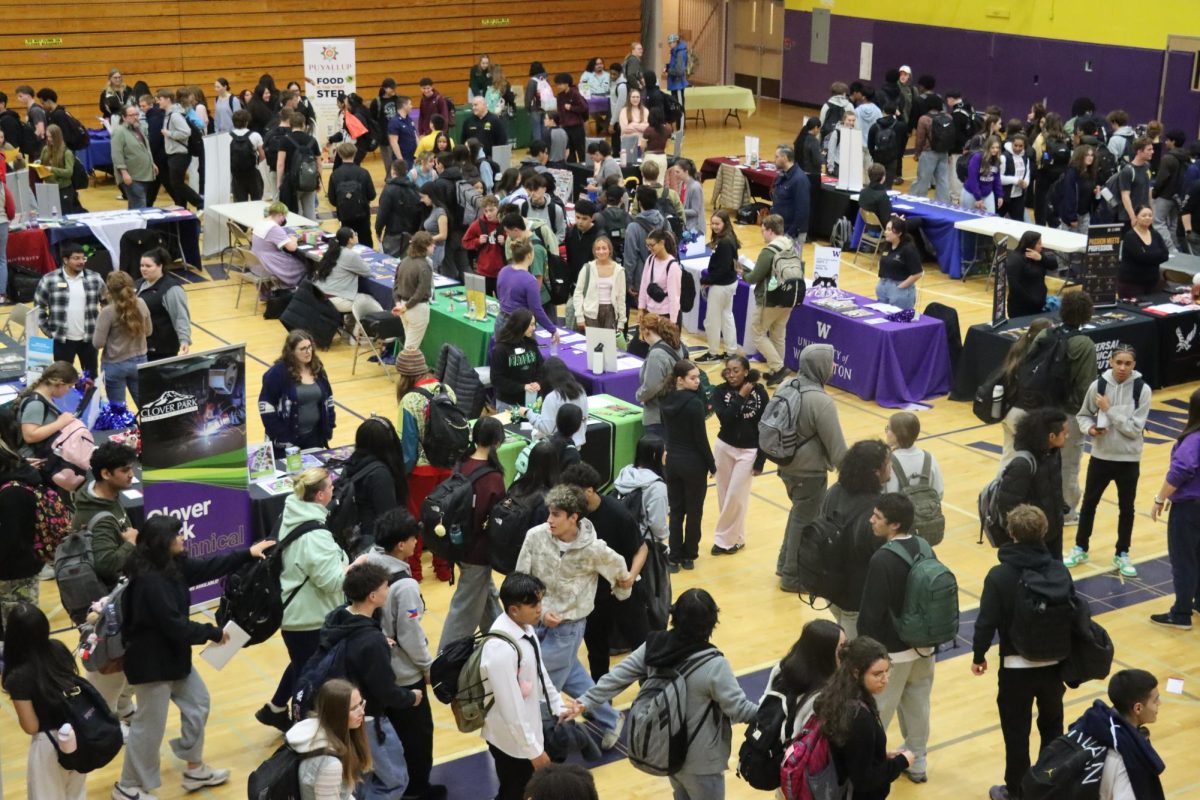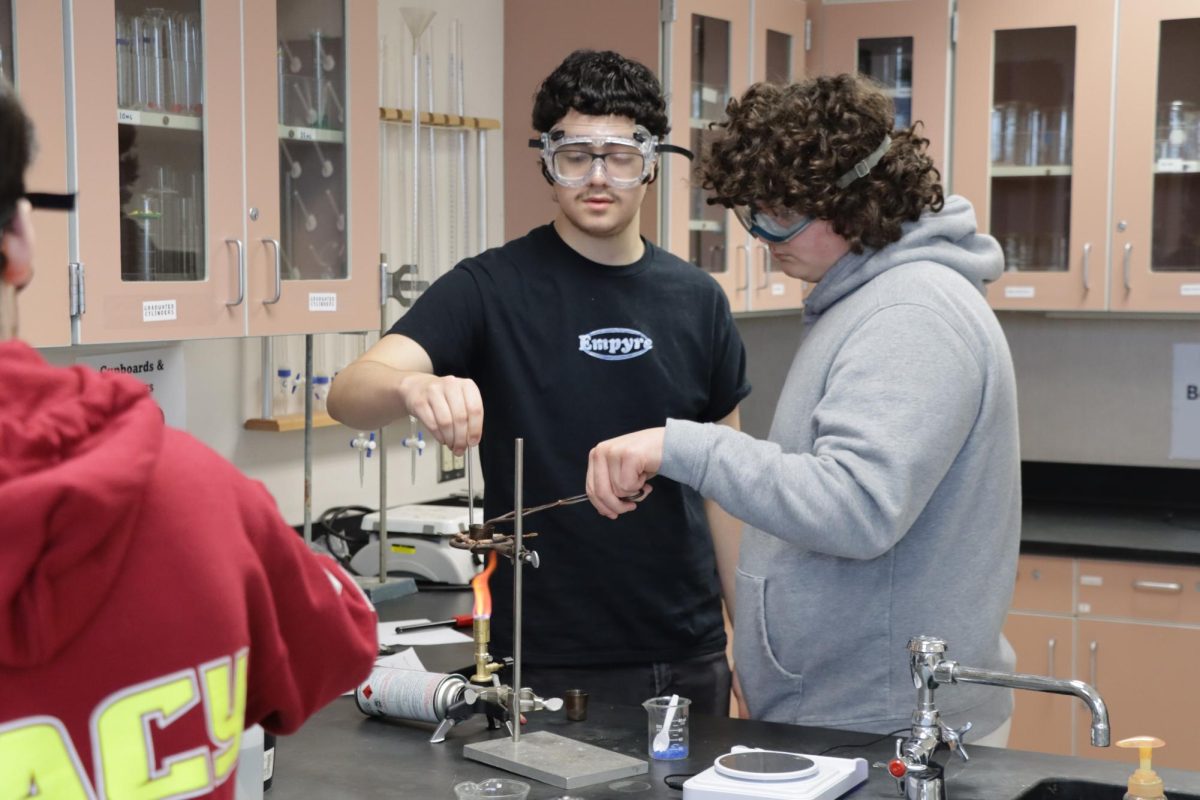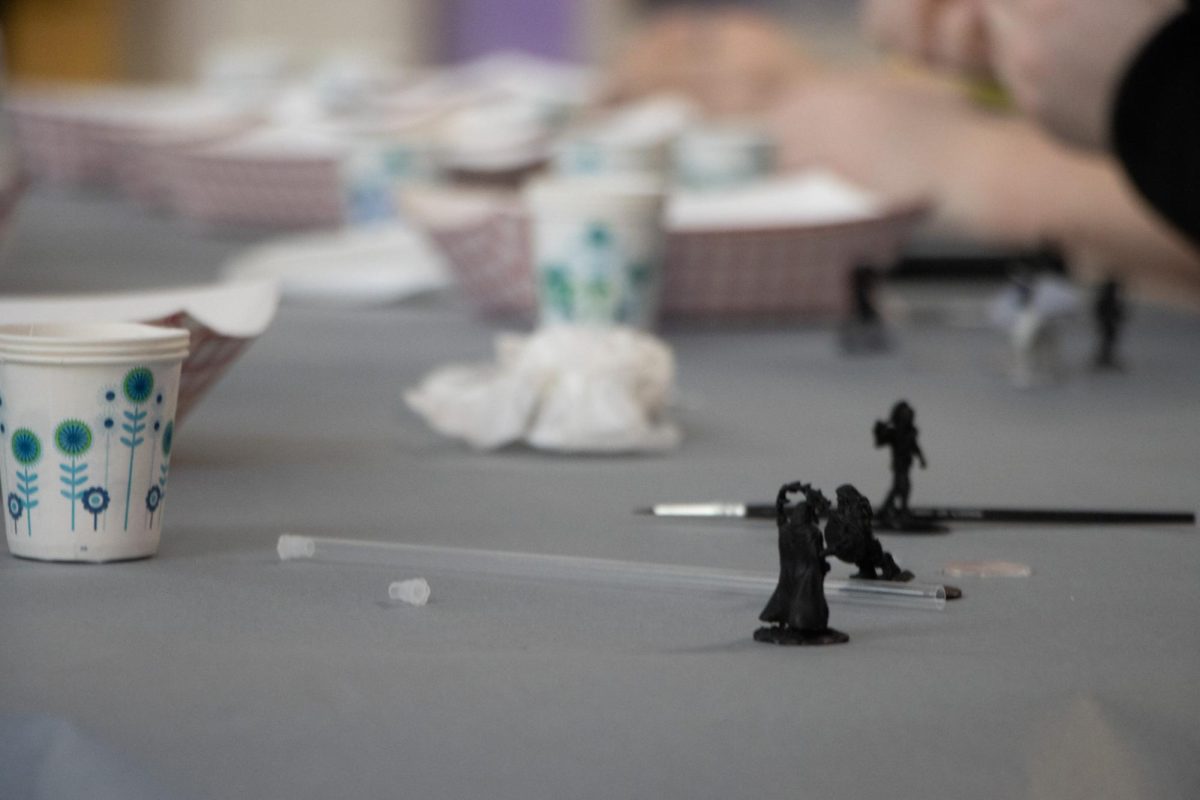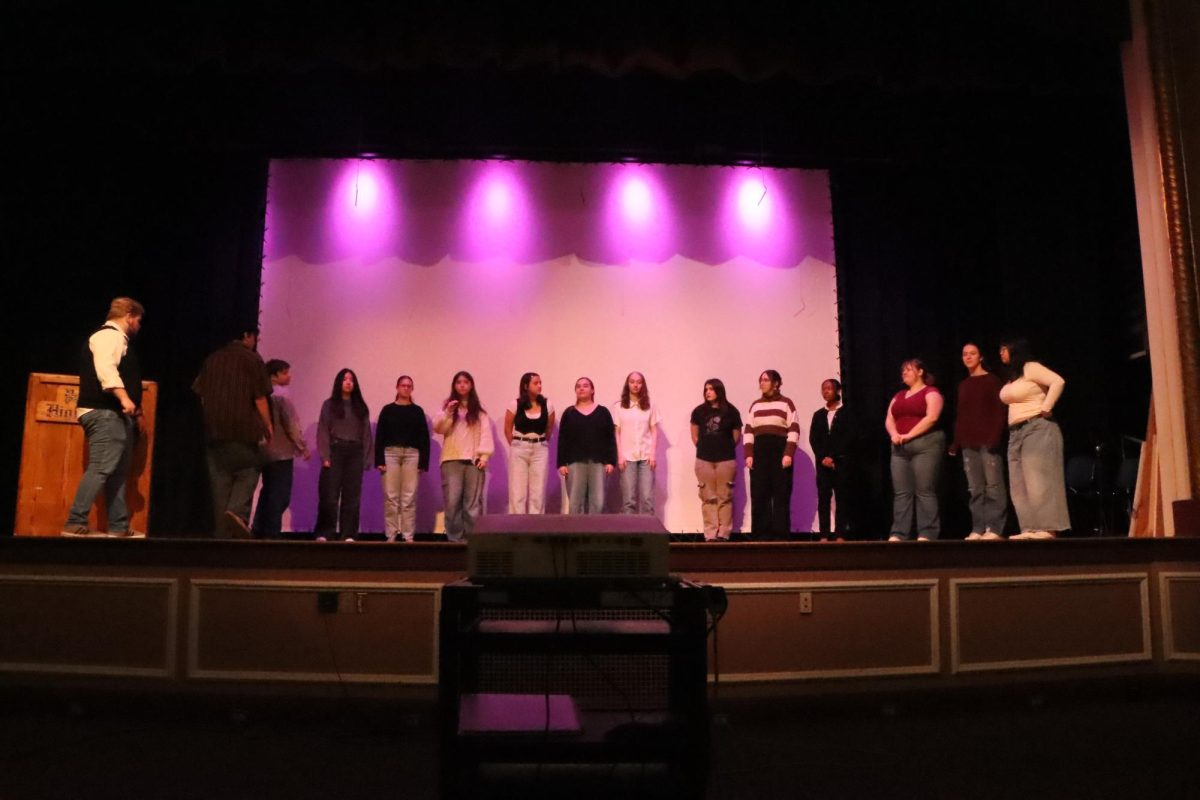On March 20, 2025, President Donald Trump signed an executive order to begin shutting down sections of the Department of Education.
According to ed.gov, the workforce of the Department of Education had started from 4,133 before the order and dropped to roughly 2,183 workers as cuts began to be made. This raises questions and concerns over the future of the Perkins Act, which is funded on a federal level.
CCR TOSA Shelley Jellison explains that the school has always been concerned over funding, whether it’s at a state level or a federal level.
“We have to wait and see. We’re lucky in the sense that we have additional funding,” Jellison said. “However, Career and Technical Education programs have classes that have additional requirements in them.”
Jellison says that CTE is generally a whole lot more expensive than the average math class.
“The main goal is to make sure that we’re keeping up with the industry standards. And so every time the industry changes, we need to accommodate for that,” Jellison said.
Jellison explains how the funding is used for auto shop, labs and photography.
“What we may see is that if there’s something a program needs, it may have to wait,” Jellison said. “Or it may be that we need to cut back on travel.”
Robotics teacher Robert Kroker doesn’t foresee the Perkins Act being negatively affected by the current changes.
“It seems that their push is to go back to industrialization,” Kroker said. “It would benefit CTE more than harm it.”
Washington State, however, has decided to not include any money for FIRST Robotics in their grant.
“We’ll have no support from OSPI next year, and we normally get about $12,000 for FRC a year,” Kroker said.
The money gained from OSPI goes into the $8,000 registration and travel expenses.
“It affects every district in the state, especially the low-income schools,” Kroker said.
Kroker says that he isn’t quite sure whether the Department of Education will affect CTE negatively, as CTE has been relatively stable.
“One thing you need is people who can do real, physical work. And the trades have been short for many years, with the push to college education,” Kroker said.
The benefits of CTE are highly involved with learning hands on valuable information and practical application, Kroker explains.
“The standard academic route and college is good for knowledge and understanding, but not true skills in a physical sense,” Kroker said.
Kroker relates it to manufacturing, and how you typically start at the bottom rung to be trained and learn the skills.
“With CTE programs, you can learn those skills and go directly into the industry, starting off at a higher wage,” Kroker said.
Opportunities such as Boeing internships are allowed by CTE classrooms. Programs such as AJAC have been supported by classrooms where students may work in their senior year.
“They get hands on experience and on-the-job training and in class support,” Kroker said. “That’s for Boeing, a lot of companies we work with are direct supports for Boeing.
President of the Robotics Club Colin Nelson mentions that 75% of the club’s funding comes through the state VIA OSPI grants.
“Our funding has been completely cut; we basically have zero funds,” Nelson said.
Nelson says that there are two outcomes to the future of FIRST Robotics.
“The first is that we don’t compete next year, we can try our best to build something but we won’t be able to see how it performs,” Nelson said. “The other is that we manage to track down some more funding resources.”
Over the course of this year, the members of Robotics Club have been establishing a non-profit that contains each of the three Robotics teams in the Puyallup School District at all comprehensive high schools.
“That’s called the Puyallup Robotics Alliance,” Nelson said. “The idea is that it’ll make it easier for us to receive funding from elsewhere.”
The reason behind forming a non-profit is because they will be tax exempt.
“For example, Boeing, or the Puyallup Tribe wanted to send us money at the start of the year, but they were unable to because we didn’t have a non-profit to send it to,” Nelson said.
Kroker says it isn’t going to be easy replacing the $12,000. However, in terms of Robotics funding, he says $12,000 is relatively low.
“In Tacoma there’s a team called the Soda Bots, and they have like 70-100 members,” Nelson said. “I think it’s over $100,000 every year. So, it’s reasonable for a robotics team to get that much funding.”





